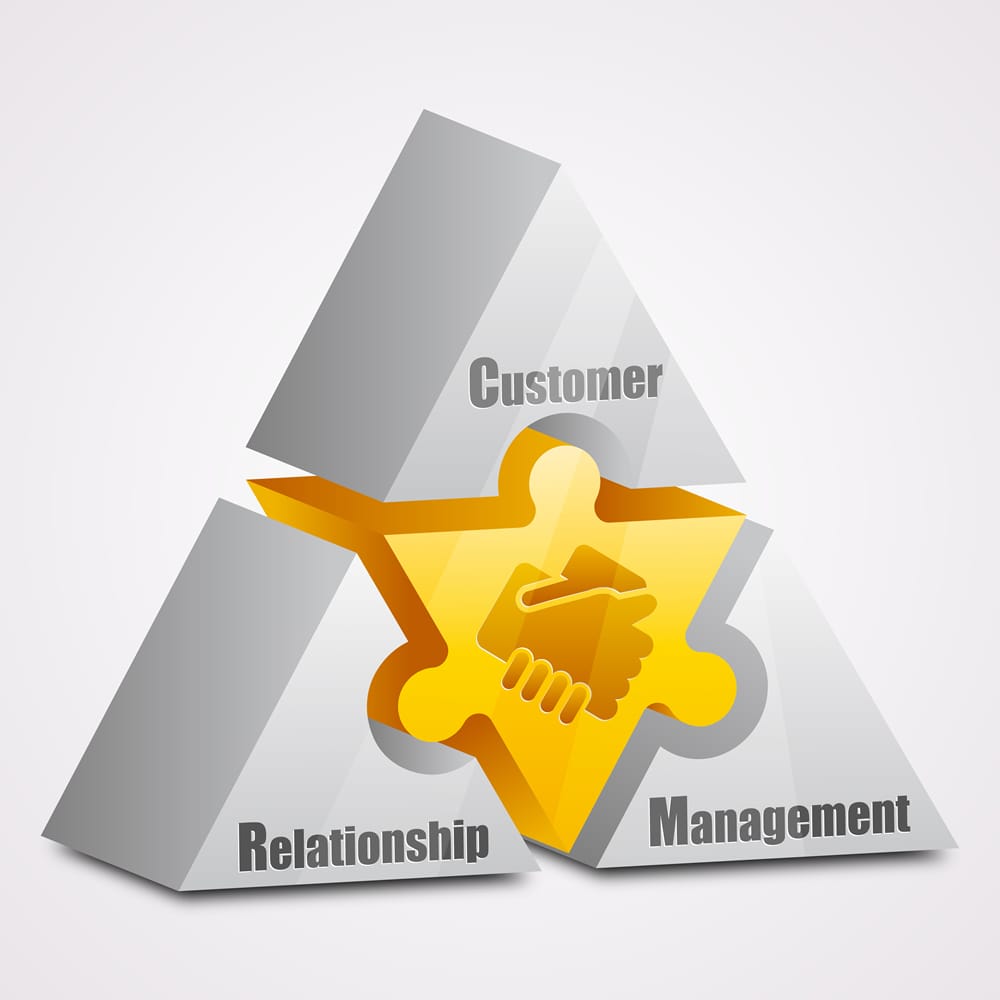
“Great design is a multi-layered relationship between human life and technology.” – Paola Antonelli
Imagine trying to design the perfect customer experience without understanding how people will interact with your website, product, or service. It’s like shooting in the dark—and hoping you hit the mark. This is where user scenarios come into play.
User scenarios are detailed, hypothetical stories about how your ideal customers interact with your business. By mapping these scenarios, you can identify their needs, pain points, and motivations, enabling you to design an experience that truly resonates. Let’s dive into why user scenarios are critical for branding and how they can drive business growth.
A user scenario is a narrative that describes a specific situation in which a person interacts with your brand. It includes details like:
For example, a user scenario for a nonprofit organization might describe a donor visiting the website to contribute to a specific cause. The story would outline their journey, including:
By creating user scenarios like this, you gain a deeper understanding of your audience, allowing you to align your branding and user experience with their needs.
Branding is all about creating meaningful connections with your audience. User scenarios provide the insights needed to:
User scenarios bring your audience personas to life by showing how they interact with your brand in real-world situations. This detailed understanding helps you craft a brand message that speaks directly to their needs.
When you put yourself in your users’ shoes, you can better address their challenges and motivations. Empathy-driven branding makes your business feel relatable, authentic, and trustworthy.
User scenarios help you identify the touchpoints where users engage with your brand. This ensures your messaging remains consistent across all channels, from your website to social media.
A brand is more than a logo or tagline—it’s the experience people associate with your business. By leveraging user scenarios, you can design seamless experiences that align with your brand’s promise.
Beyond branding, user scenarios can directly impact your business’s growth by helping you optimize your offerings and engagement strategies.
By understanding user goals, you can design websites that guide users effectively, whether they’re booking a ticket, signing up for a newsletter, or making a purchase. This improves conversion rates and user satisfaction.
When your website or product feels intuitive and easy to use, customers are more likely to come back. User scenarios highlight pain points that might otherwise drive users away, helping you fix them proactively.
User scenarios can inform targeted marketing campaigns that meet your audience where they are in their journey. This leads to higher engagement and better ROI.
With insights from user scenarios, you can identify gaps in your current offerings and develop solutions that address unmet needs, giving you a competitive edge.
From marketing to product development, user scenarios ensure that every team in your organization understands and prioritizes user needs. This alignment drives more cohesive and effective strategies.
Creating user scenarios requires a mix of research, creativity, and collaboration. Follow these steps to get started:
User scenarios bridge the gap between your brand and your audience. They help you see your business through your users’ eyes, enabling you to create authentic connections, deliver exceptional experiences, and drive meaningful growth.
At the heart of every successful brand is a deep understanding of its audience. By incorporating user scenarios into your branding strategy, you’re not just building a business—you’re building relationships that last.
“A satisfied customer is the best business strategy of all.” – Michael LeBoeuf.
Are you ready to create user scenarios that elevate your brand and grow your business? Let’s start the conversation today!

